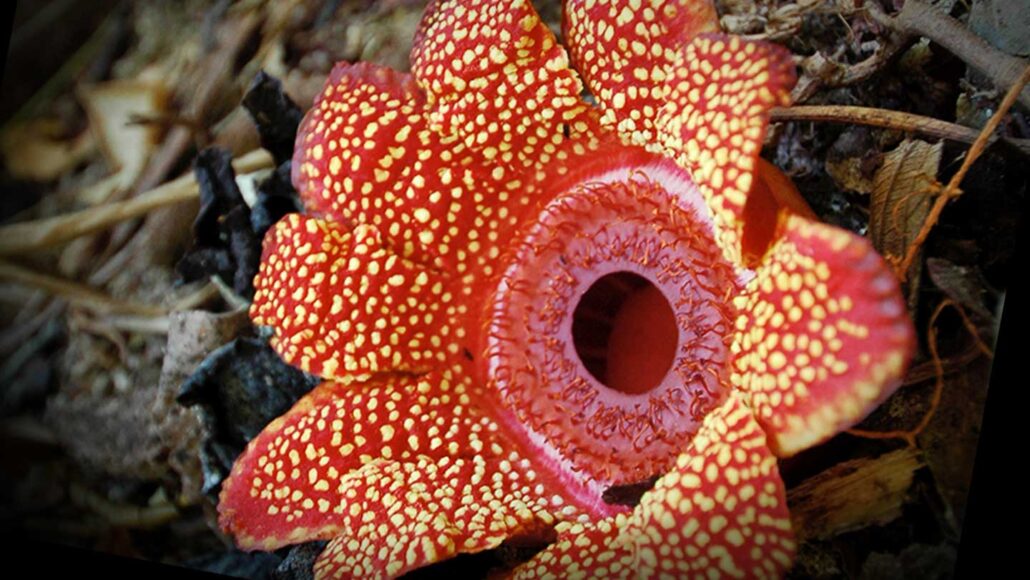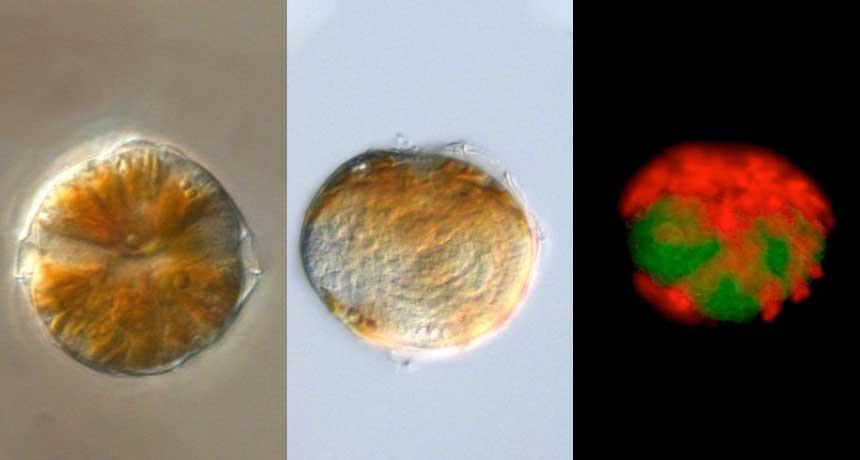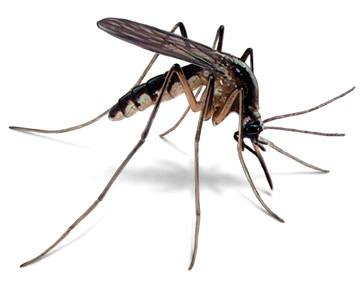The interesting theory that a genetic parasite, more specifically, an Alu element, might have been a major factor in apes' tail loss about 25 million years ago is looked at in this article. Scientists believe that this DNA element's insertion into the Tbxt gene, which is important for tail development, changed the gene's function and caused apes to lose their tails while monkeys kept them. This genetic modification presents questions about the evolutionary importance of ape tail loss and could offer insights into spinal cord disorders such as spina bifida.
These findings show the complex interactions between evolution and genetics, showing how even small changes in genetic makeup can have a huge impact on morphology and development. Also, the study challenges earlier theories that transposons are just genetic "junk," showing their significance in creating basic biological structures and functions.
In my opinion, this shows the complicated evolutionary processes are and how important genetic factors are in determining morphological adaptations. It shows the complex genetic systems that cause major evolutionary shifts, opening up new research directions for studying the evolutionary background of other mammals with similar physical adaptations in addition to apes.
https://www.sciencenews.org/article/genetic-parasite-humans-apes-tail-loss-evolution
https://www.cdc.gov/ncbddd/spinabifida/facts.html






